Don't Forget to Balance Train
- brucepye
- Jan 26, 2015
- 2 min read

Every day, athletes arrive at Next Level Training wanting to do one thing—to lift as much weight as possible. While it’s very important to be as powerful as possible, it’s even more important that you have proper balance and core strength. Without either of these, your big lifts will never be as heavy as you want them to be. Balance is also extremely important for performance on the field or at the rink. Whether you are skating, running, or just walking, balance is key for all of these.
Let’s take a look at a few different reasons why balance training is so important:
It helps with core stabilization. Everyone knows that having a strong core is crucial for performance both in athletics and in everyday life. By strengthening your core, you will help improve your coordination, athletic skill, and posture, leading to better performance.
It benefits your neuromuscular coordination. In layman’s terms, it helps to improve the communication between your brain and muscles. This is important for optimal performance both in the weight room and on the athletic field.
During balance training and workouts, your body has to put in more work to stabilize your body for the exercise. In turn, this burns more calories, as the demand is greater on your body.
It helps with muscle isolation. During balance training, you have to maintain stabilization, and you must principally engage a single muscle (which means that you are not able to use other muscles to help you cheat on an exercise or movement).
It is a huge help with hip stabilization. During single-legged exercises, when the gluteus medius is engaged, your hip stabilization will improve. In sports like hockey, baseball, basketball, football, lacrosse, etc. where you are constantly stopping and starting, hip stabilization is key for optimal performance.
Here are some balance and core exercises that you should add into your workouts if you are not working out here:
Balance Exercises
Single Leg Touchdowns
Single Leg RDL’s
Single Leg Squats (on the TRX or unassisted)
Single Leg Deadlifts
Walking Lunges
Alternating Reverse Lunges
Core Exercises
TRX Knee Tucks
TRX Pikes
TRX Mountain Climbers
Bosu Dead Bug
Planks
Side Planks
You can perform many different variations of these exercises, so be sure to ask a qualified exercise professional if you need help with performing any of these. While these exercises may seem boring at times, they will undoubtedly help your big lifts and, ultimately, your performance as well.
As always, your feedback is welcome! Email me at Bill@nextlevelnj.com



Comments